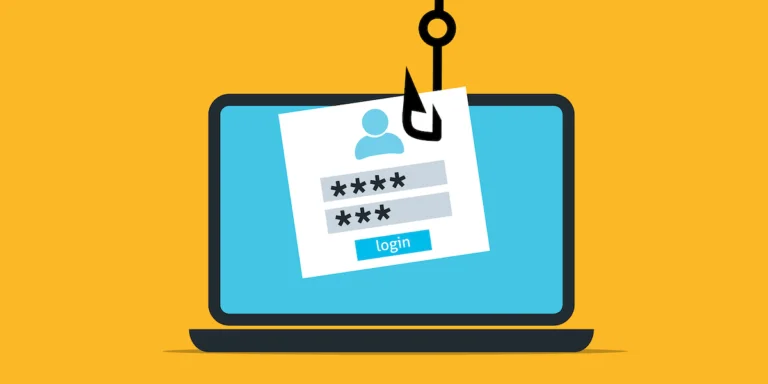Hyper-connected world, cybersecurity isn’t optional—it’s essential. Whether you’re an individual browsing social media or a business managing sensitive client data, protecting your digital assets is a top priority.
To help you navigate the complex world of cybersecurity, we’ve compiled answers to 10 of the most frequently asked questions. Whether you’re a beginner or brushing up your knowledge, this guide has you covered.
1. What Is Cybersecurity?
Cybersecurity refers to the practice of protecting systems, networks, and programs from digital attacks. These cyberattacks often aim to access, change, or destroy sensitive information, extort money, or disrupt normal operations.
2. What Are the Different Types of Cyber Threats?
Cyber threats come in many forms, including:
- Malware – Malicious software like viruses, trojans, or ransomware.
- Phishing – Deceptive emails or websites tricking users into revealing personal information.
- Ransomware – Hackers lock your files and demand payment to unlock them.
- Brute-force attacks – Automated attempts to guess passwords.
- Man-in-the-middle (MitM) – Intercepting communication between two systems.
Stay Alert: Recognizing these threats is the first step toward prevention.
3. What Is the CIA Triad?
The CIA Triad is a foundational concept in cybersecurity, standing for:
- Confidentiality – Ensuring only authorized individuals can access data.
- Integrity – Maintaining the accuracy and trustworthiness of data.
- Availability – Ensuring reliable access to data when needed.
Why it matters: It helps professionals design security systems that address all aspects of data protection.
4. What Is a Firewall?
A firewall acts as a gatekeeper between your internal network and outside sources. It monitors incoming and outgoing traffic and blocks malicious activity based on pre-established security rules.
Pro Tip: Firewalls can be both software and hardware-based—and using both adds an extra layer of security.
5. What Is Encryption?
Encryption is the process of converting data into a secret code that only authorized parties can understand. It protects your data even if it’s intercepted.
Example: End-to-end encryption in messaging apps ensures only the sender and recipient can read the message.
6. What Is a VPN?
A VPN (Virtual Private Network) creates a secure tunnel between your device and the internet. It hides your IP address and encrypts your online activity.
Use it when: You’re using public Wi-Fi or want to access region-restricted content safely.
7. What Is Phishing?
Phishing is a type of social engineering attack where attackers impersonate legitimate entities to steal sensitive information like passwords or credit card numbers.
If an email seems “off,” don’t click—verify first!
8. What Is a Brute-Force Attack?
In a brute-force attack, hackers use automated tools to try every possible password combination until they gain access.
Defense tip: Use long, complex passwords and enable account lockout after failed login attempts.
9. What Are the Best Practices for Securing a Network?
Securing a network involves a layered approach:
- Use strong passwords and change them regularly.
- Keep all software and firmware updated.
- Enable firewalls and antivirus software.
- Set up intrusion detection systems.
- Segment your network to limit access.
- Train employees on cyber hygiene.
Want help assessing your company’s network security? [Contact us for a free consultation.
10. What Is Two-Factor Authentication?
Two-factor authentication (2FA) adds an extra step to your login process—usually a code sent to your phone or email. Even if someone steals your password, they can’t log in without this second factor.
Use it everywhere you can: Email, banking, social media, and cloud services.
Final Thoughts: Stay Ahead, Stay Secure
Cyber threats are constantly evolving—but so are defenses. By understanding the basics of cybersecurity, you’re already taking a powerful step toward protecting yourself or your business.
Looking to take your cybersecurity strategy to the next level? We’re here to help. Explore our services or Get in touch for expert advice tailored to your needs.
At INFOCUS-IT, we specialize in advanced cybersecurity solutions—from threat detection and incident response to compliance and risk management. Whether you’re a small business or a large enterprise, our experts are here to protect what matters most.
Book your vulnerability scan now → infocus-it.com
📩 Support: support@infocus-it.com
📞 Helpdesk: +91-8178210903
hashtag#vapt hashtag#owasp hashtag#bugbounty hashtag#ethicalhacking hashtag#infocusit

